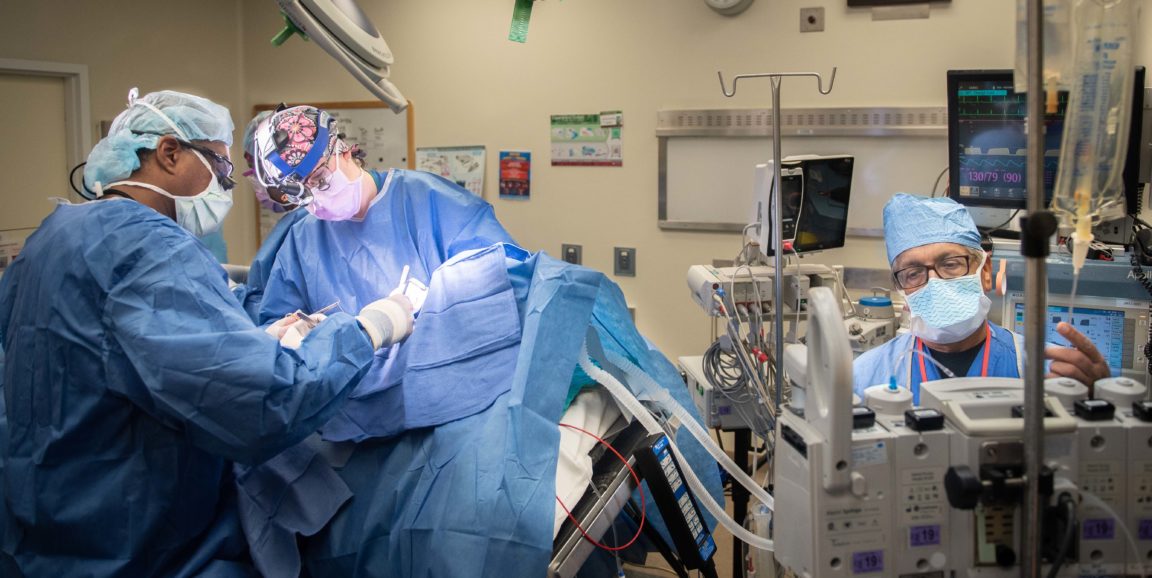After surgery, some patients quickly bounce back with little more than discomfort, while others suffer in pain for months. And while there are some risk factors for persistent postsurgical pain — psychosocial problems, high pain levels before surgery, being female — no one really knows who’s going to suffer long term.
Jennifer Hah, MD, assistant professor of anesthesiology, perioperative and pain medicine, and her colleagues mined data from a Stanford study in which patients were asked — daily for up to three months, weekly for up to six months and monthly for up to two years — how they felt after various surgical procedures, including joint replacements and mastectomies. The researchers wanted to see if they could predict who’s at risk of persistent pain, persistent opioid use and delayed recovery.
Their conclusion may seem common sense, but clinicians don’t always practice it: Ask the patient how she or he feels in the days soon after surgery.
The research appears in JAMA Network Open.
“It’s an easy, intuitive way for a clinician to make an assessment,” Hah said of asking patients to rate their pain. “When we know their pain level, we can get a good indication early on of what the pain trajectory is going to look like.”
The research found that when patients rate their pain as a 4 or higher (on a scale of 1 to 10) on the 10th day after surgery, they have about an 83 percent chance of still being in pain three months after surgery.
“Rather than assume everyone’s going to be OK or wait until they ask for a medication refill,” she said, clinicians could refer patients to a pain specialist soon after surgery. They could also consider extending non-opioid pain treatments after patients leave the hospital.
Hah said that she and her colleagues will further explore the data to discover more ways to predict which surgical patients will suffer chronic pain, persistent opioid use and delayed recovery.
Photo by Rachel Baker




